Jeonju Hanok Village Tour: Cultural Heritage Route
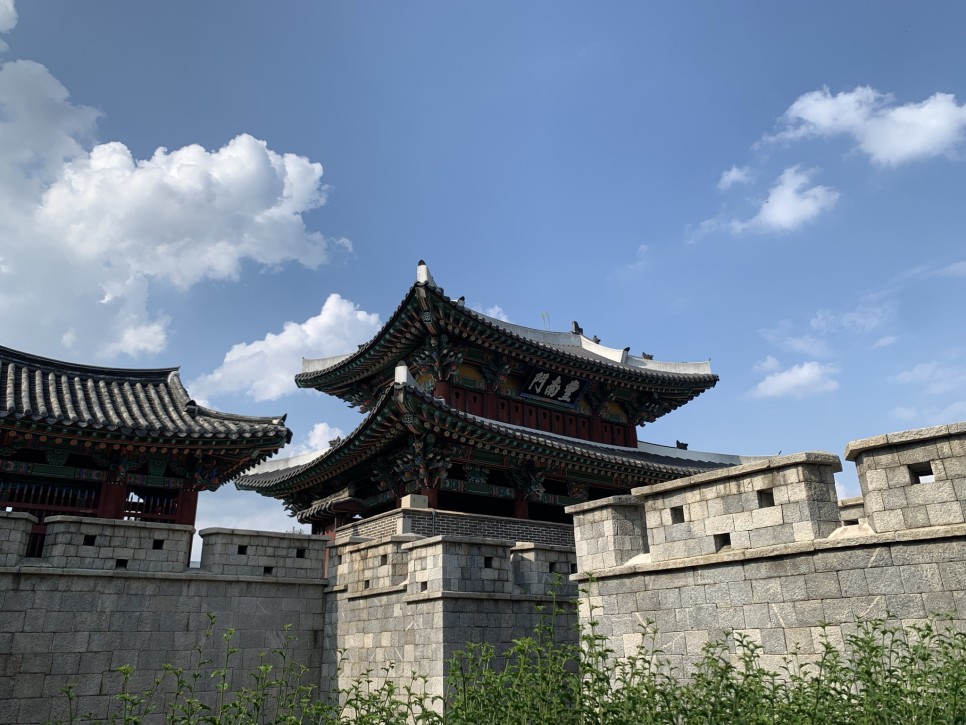
Last April, the new ‘Cultural Heritage Route’ was added to the Jeonju Hanok Village Stamp Tour. You may download the ‘stamp tour’ app from Google Play or Apple App Store. When you step into each stamp zone, you will automatically receive the notification for receiving the stamp. There are gifts for those who complete the route.
The Route 1~3 are the ‘Alleyway Routes’ to discover the hidden beauty of the alleyways of the Hanok Village. The new Route 4 the ‘Cultural Heritage Route’ lets you explore and experience the rich cultural heritage of the Hanok Village. The culture and history enthusiasts must consider taking this route.
The ‘Cultural Heritage Route’ consists of six landmarks: Pungpaejigwan (government guesthouse), Jeolla Gamyoung (governot’s residence), Pungnammun Gate, Jeondong Cathedral, Gyeonggijeon Shrine, and Omokdae Pavilion.
Jeondong Cathedral
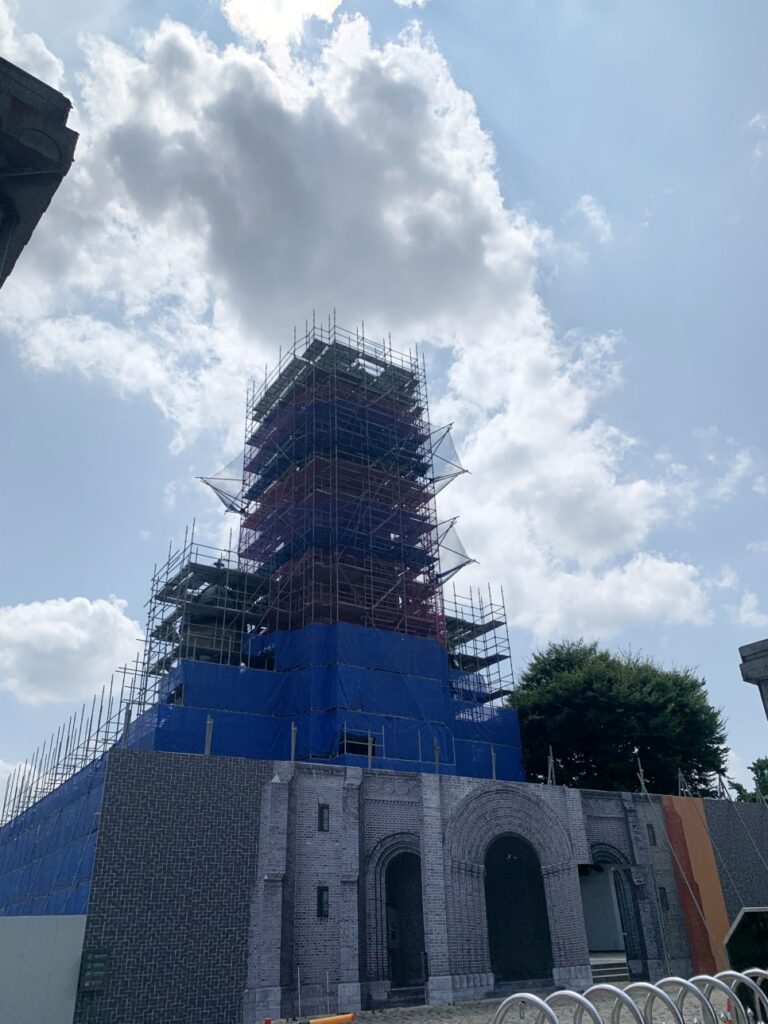
Located near the entrance to Jeonju Hanok Village is Jeondong Cathedral. It’s probably the most featured landmark in the city. Completed in 1914, the cathedral was built on the site of the Catholic Martyrdom of 1791. The cathedral is the oldest and the biggest of its kind in the Southwestern Korea.
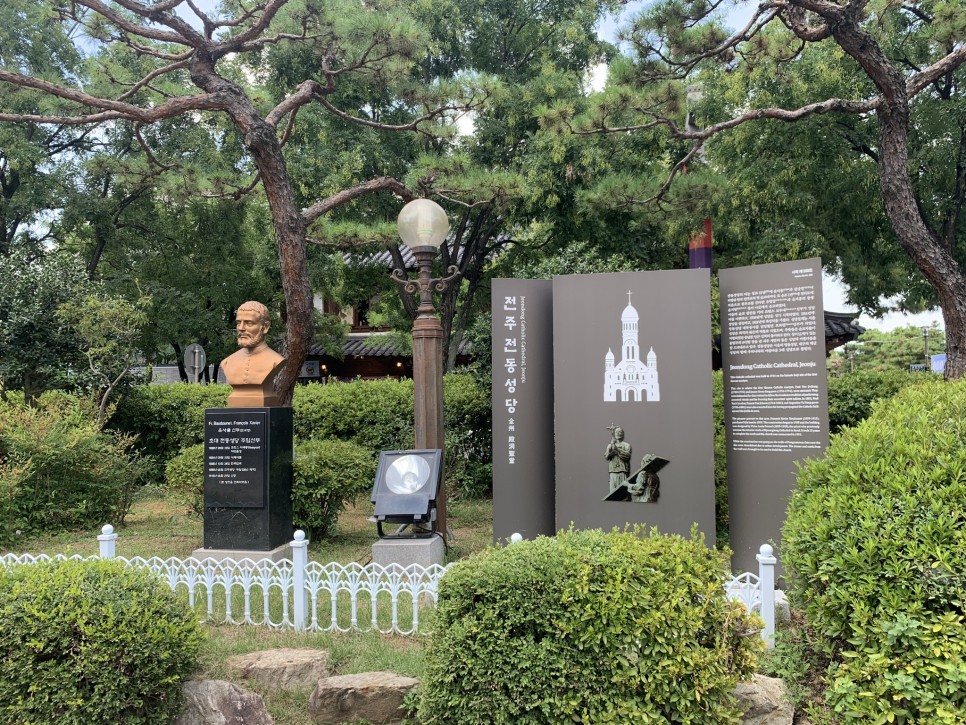
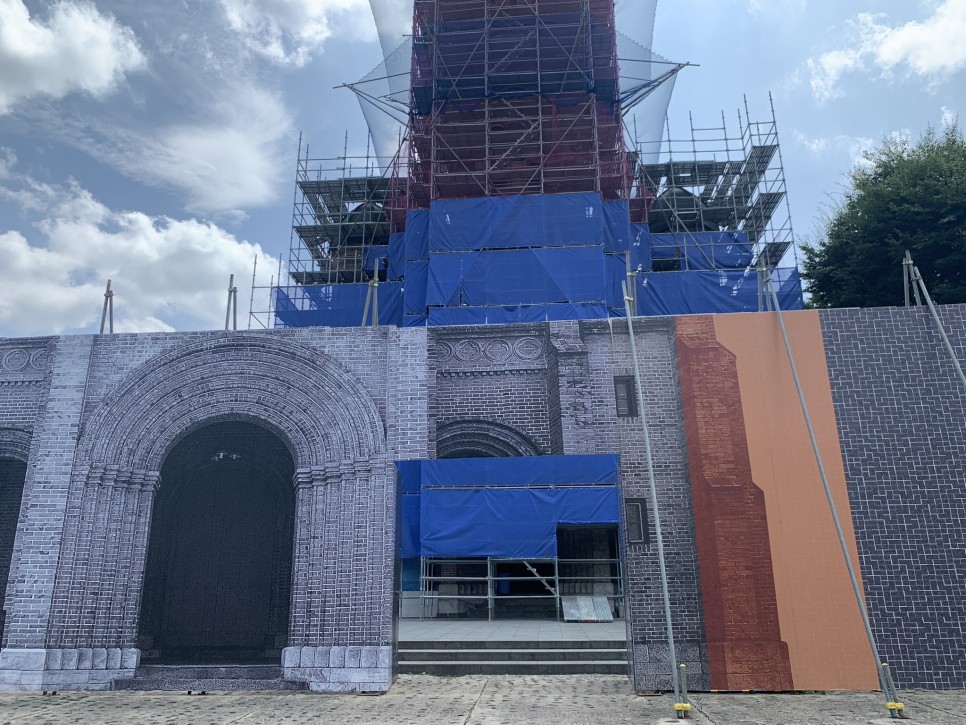
The cathedral is currently undergoing restoration, which will be completed during September. The weather will be much nicer then!
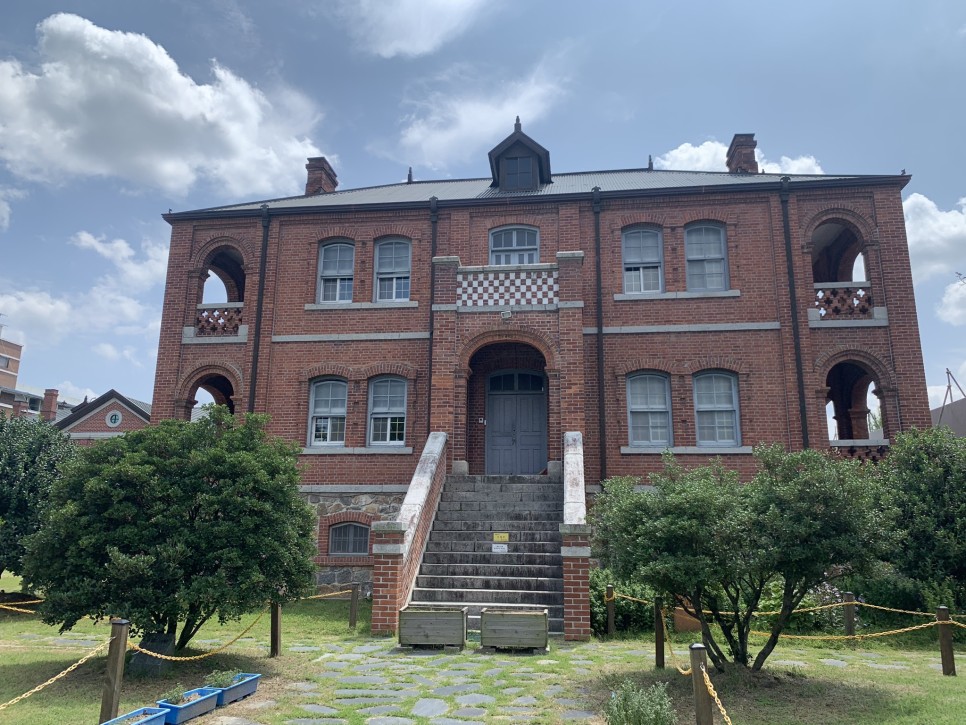
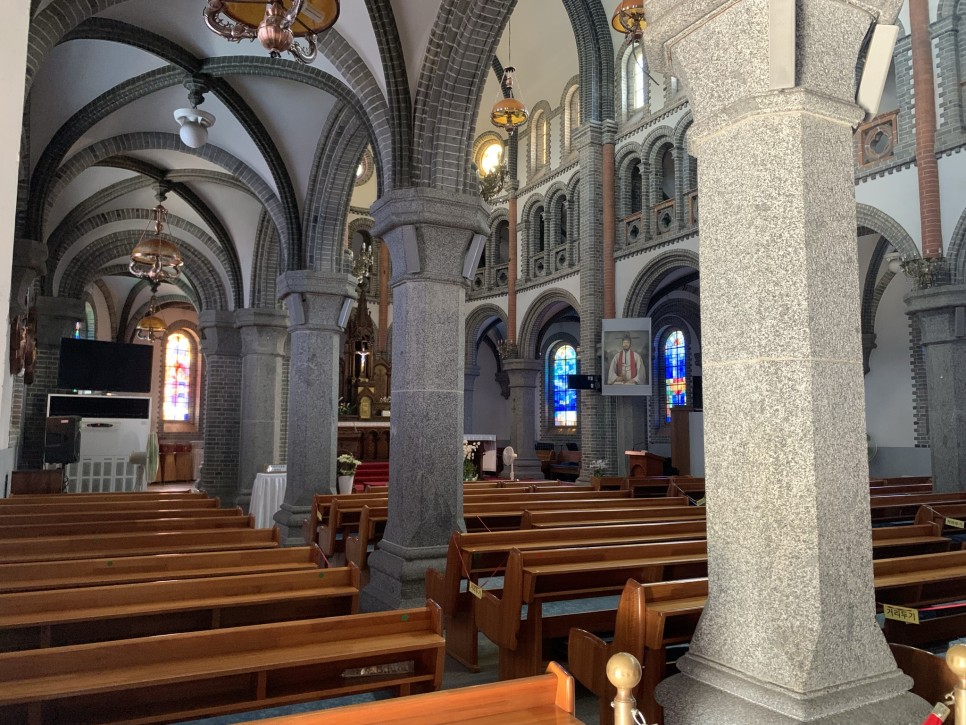
Don’t forget to check out the surrounding buildings too. Also, the visitors are welcome to enter the main building.
Jeondong Cathedral
Taejoro 51, Wansangu, Jeonju
Gyeonggijeon Shrine
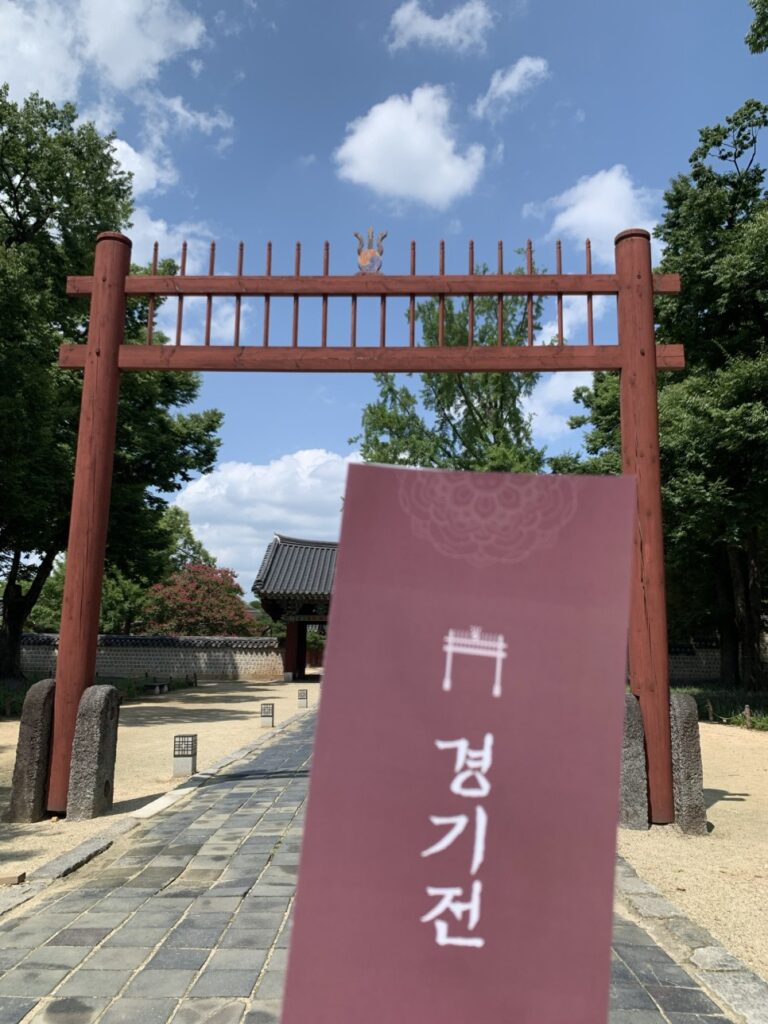
Gyeonggijeon Shrine is a must-visit landmark of Jeonju Hanok Village. The stamp zone is inside the premise.
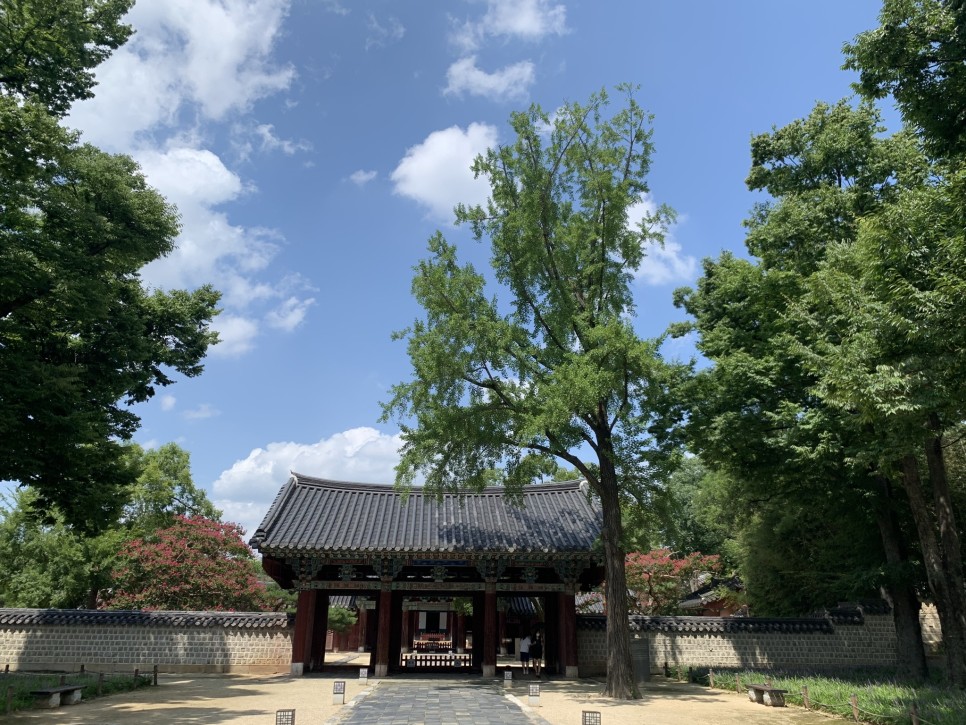
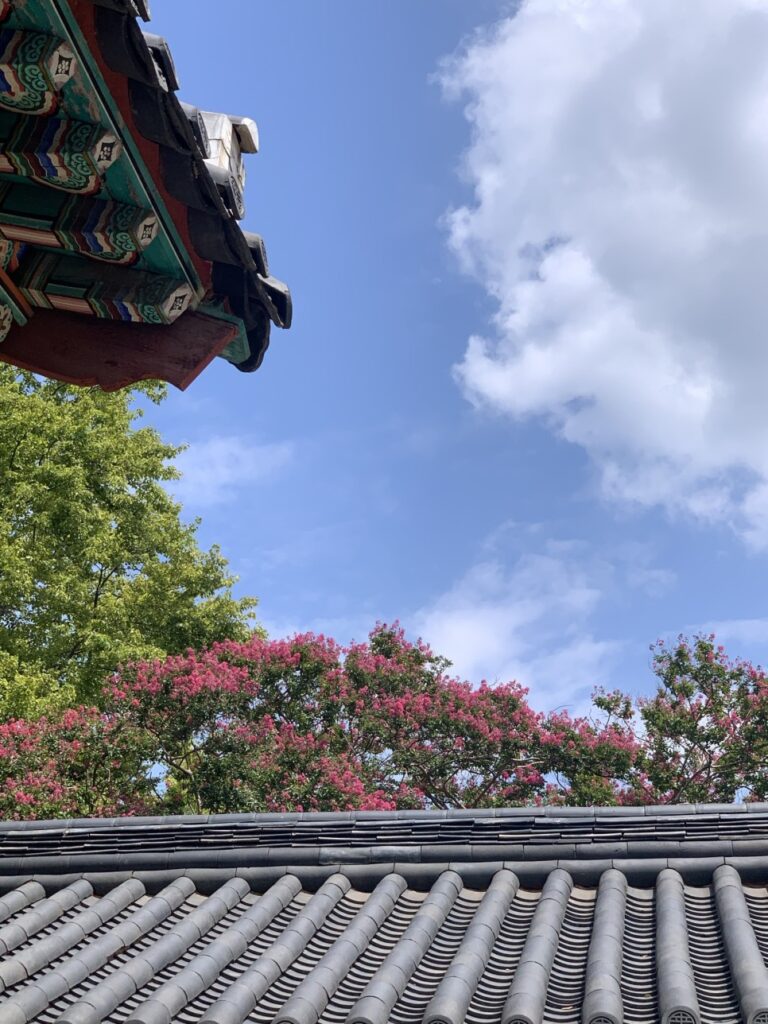
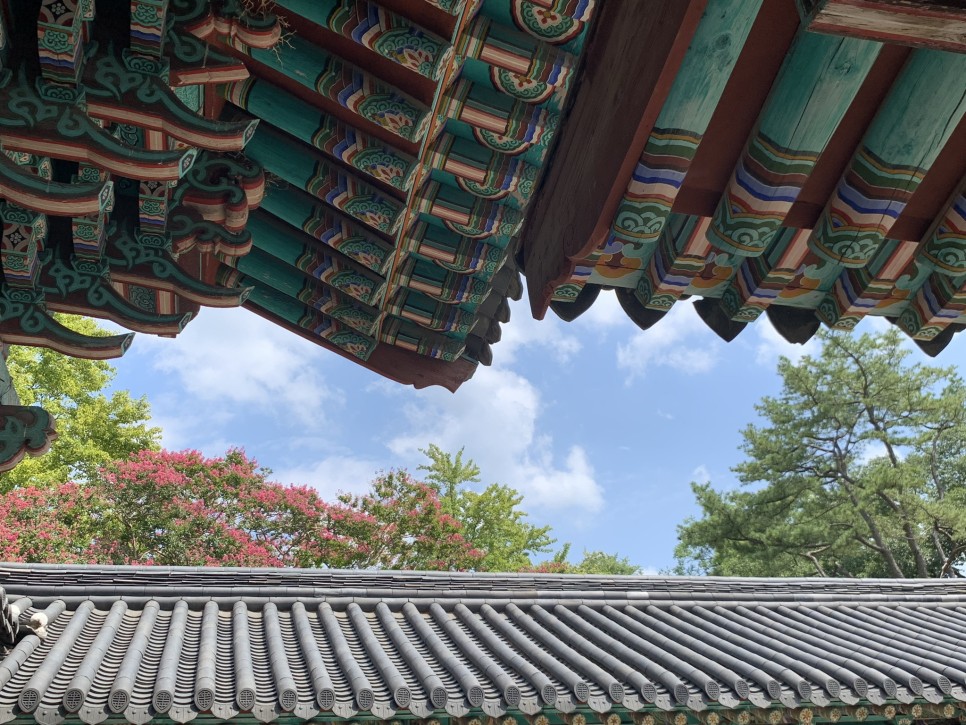
Gyeonggijeon Shrine has good atmosphere for taking some ‘instagrammable’ photos.
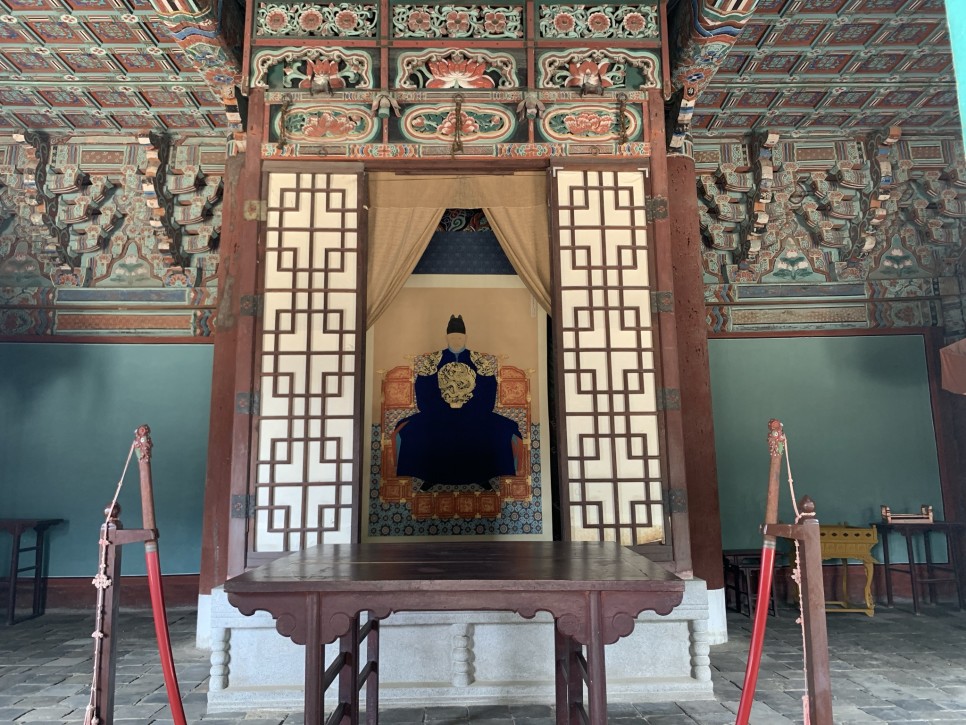
The shrine is built in 1410 to host the royal portrait of Taejo, the founder of Joseon Dynasty (1392-1897). The current premise is rebuilt in 1614.
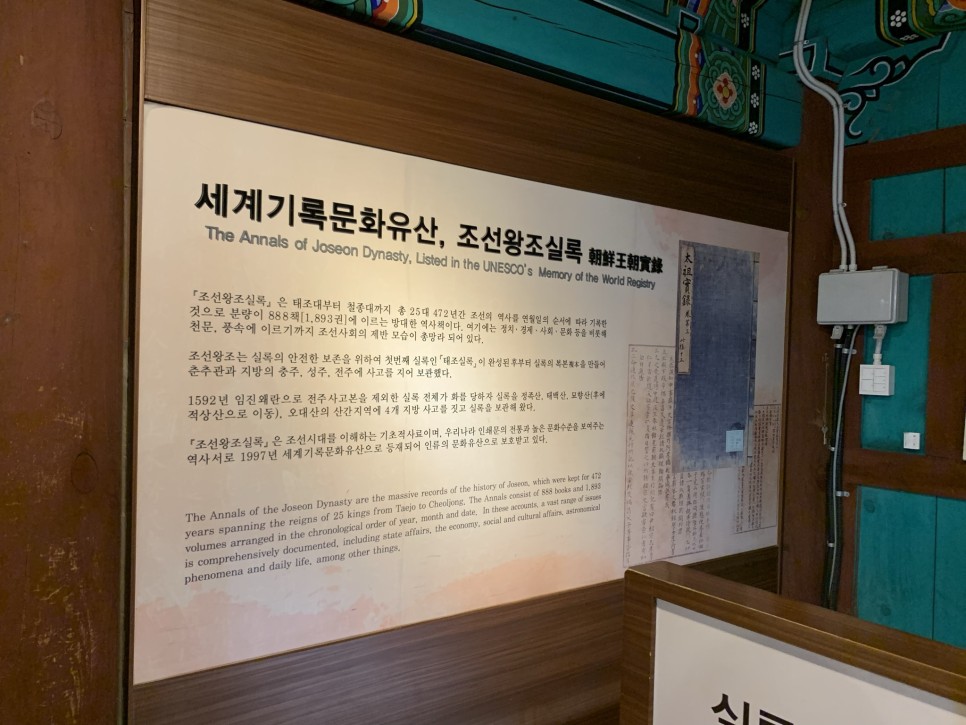
Inside the shrine premise is Sago, an archive that hosted the Annals (the annual records) of Joseon Dynasty. The annals are thought to cover the longest continual period of a single dynasty in the world. It’s very educational for children too.
Gyeonggijeon
Address: Taejoro 44, Wansangu, Jeonju
Omokdae Pavilion
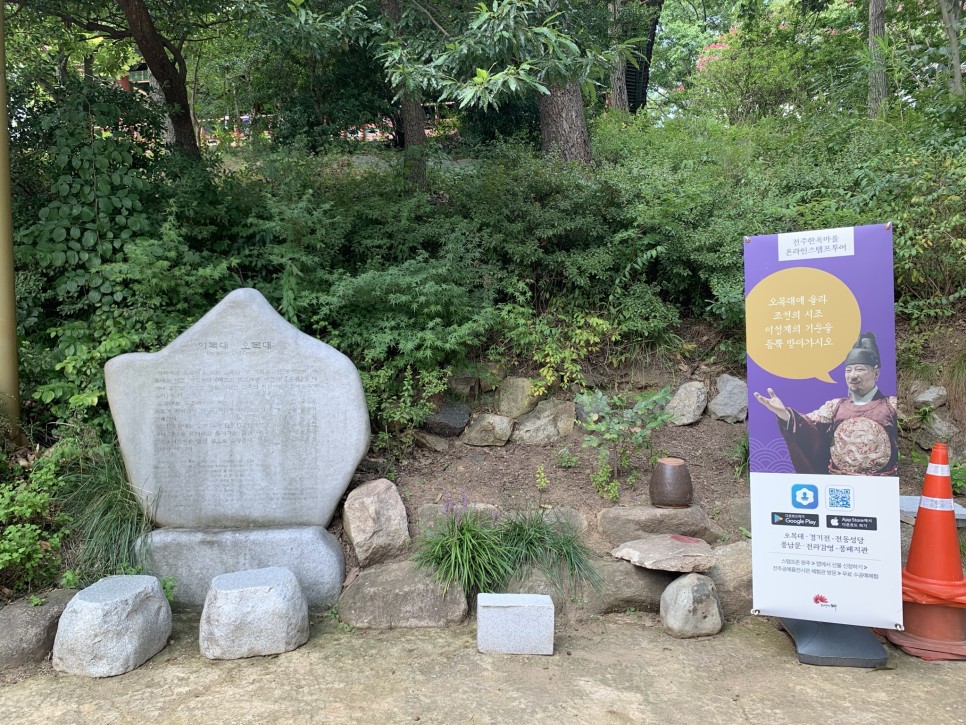
The next landmark is the Omokdae Pavilion. You can enjoy the cool breeze and the great view overlooking Jeonju Hanok Village.

Omokdae is the pavilion where Taejo, the founder of the Joseon Dynasty, held a banquet to celebrate a huge victory against a Japanese invasion in 1380. Now it’s a great rest area for the locals and travellers.
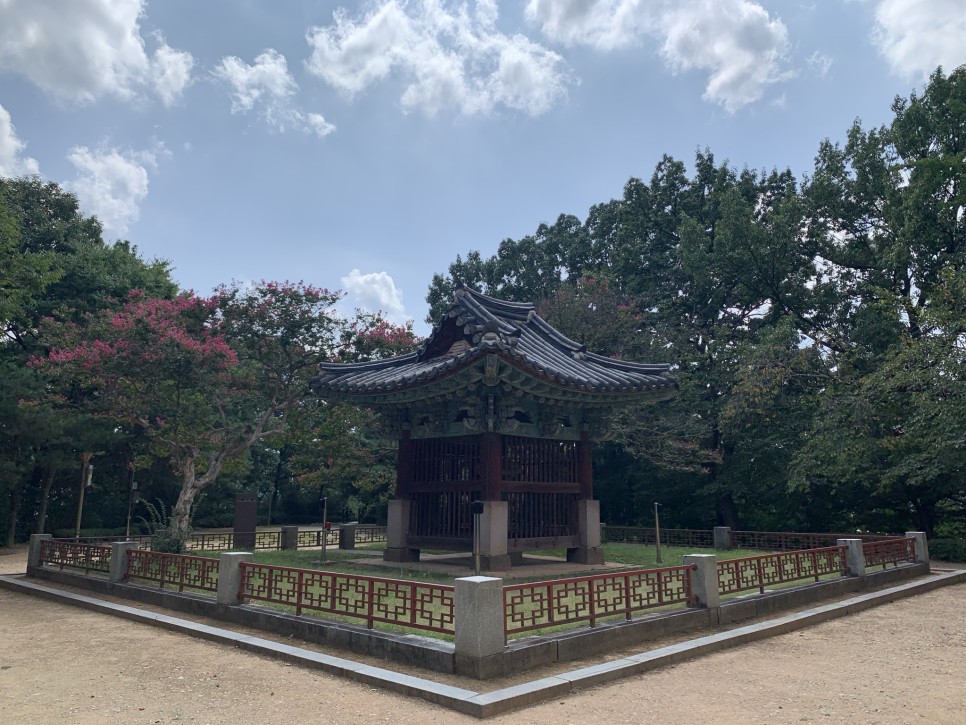
In front of the pavilion is a huge stone tablet set up by the Emperor Gojong in 1900.
Omokdae
Address: Girindaero 55, Wansangu, Jeonju
Pungnammun Gate
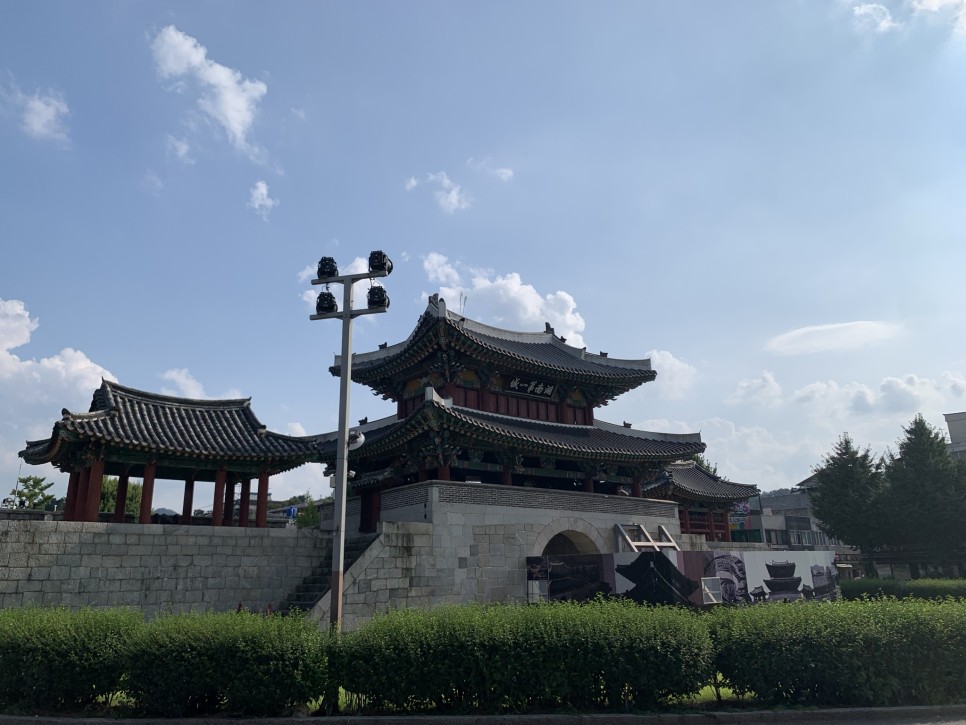
Our next landmark is the Pungnammun Gate, standing in front of the Jeonju Nambu Market.
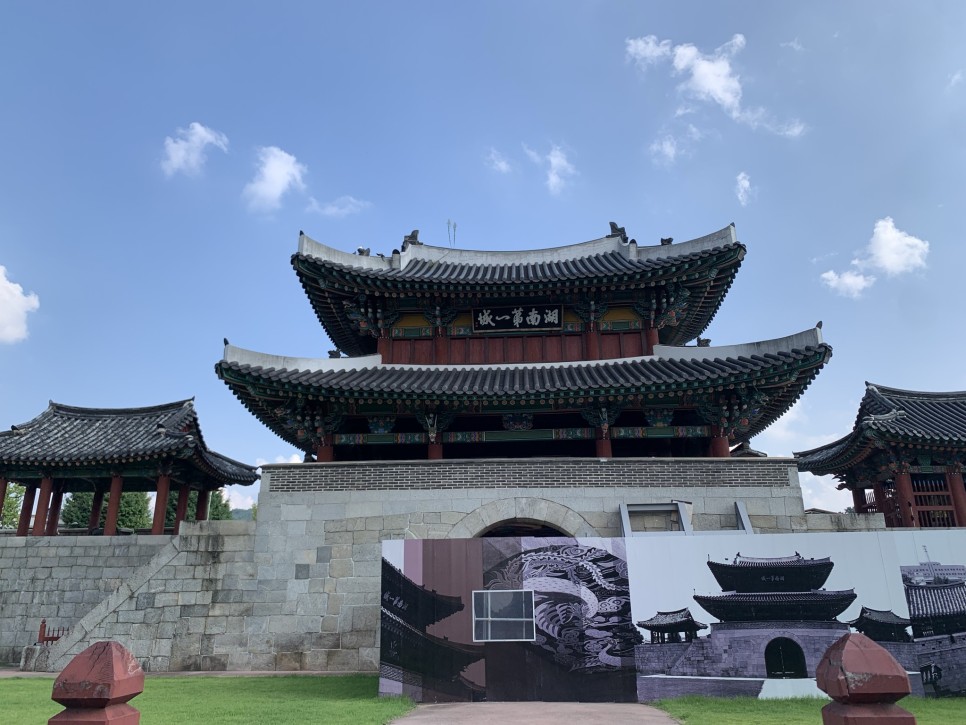

Pungnammun used to be the south gate of the old Jeonju Castle. The current gate is rebuilt in 1768 and designated by the government as a ‘Treasure’. It’s beautiful from a distance, but also elegant and huge from close by.
Pungnammun
Address: Pungnammun 3gil 1, Wansangu. Jeonju
Jeolla Gamyoung (Governor’s Residence)

Our next stop is Jeolla Gamyoung. The premise has been recently restored after 69 years.
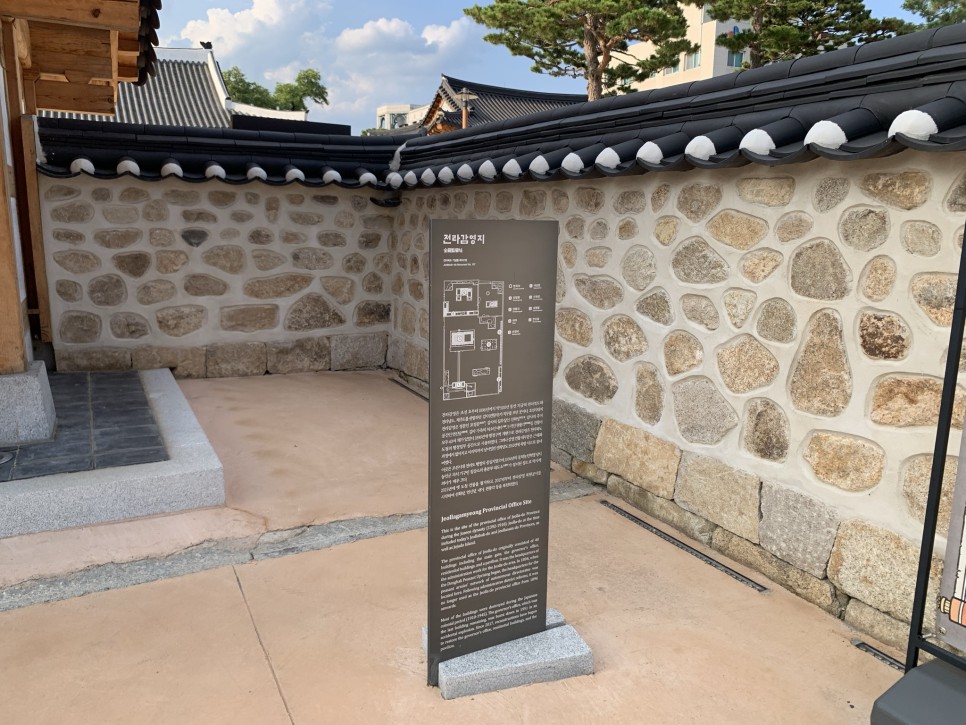
For 500 years since the beginning of Joseon Dynasty, Jeolla Gamyoung has been the residence of the governor who oversaw the whole Jeolla region (the Southwestern part of Korea, including the Jeju Island). This historic premise was also a headquarter of the Donghak Peasant Revolution (1894-1895).
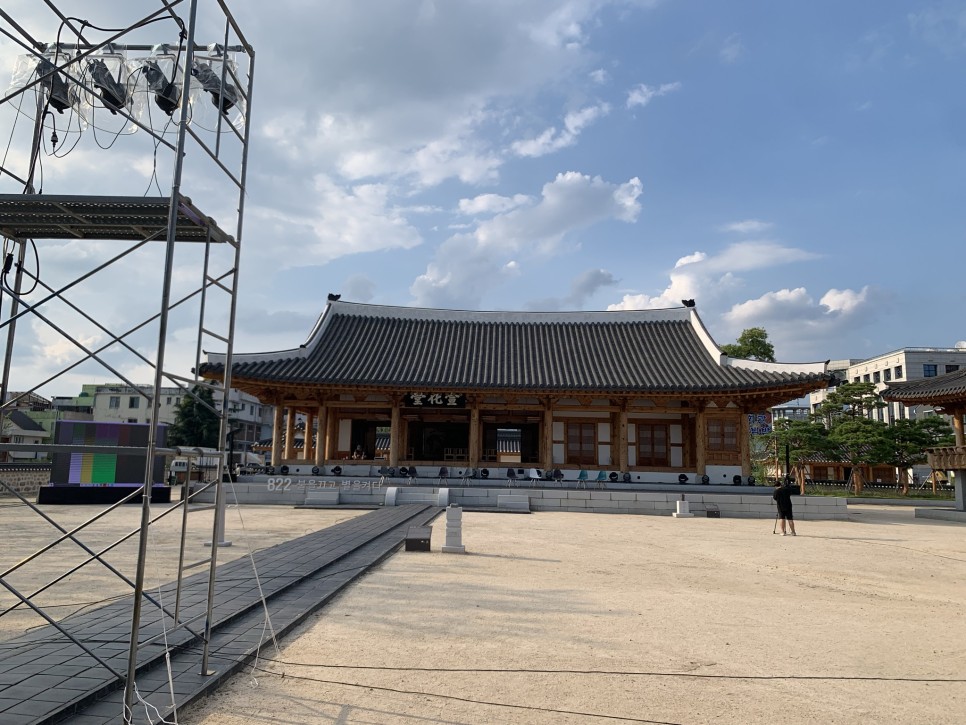
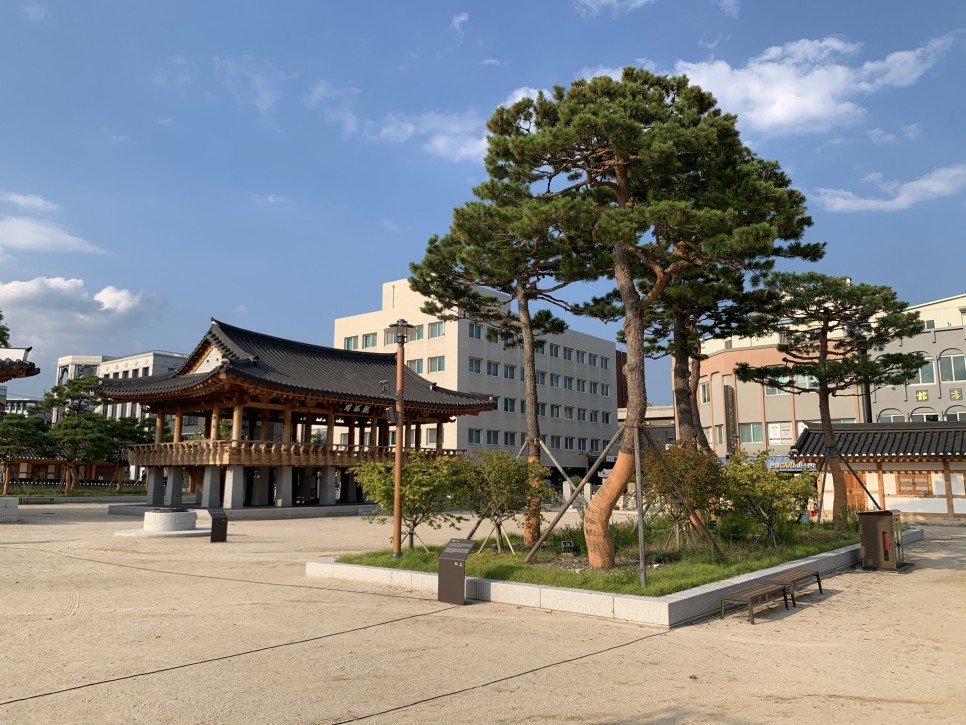
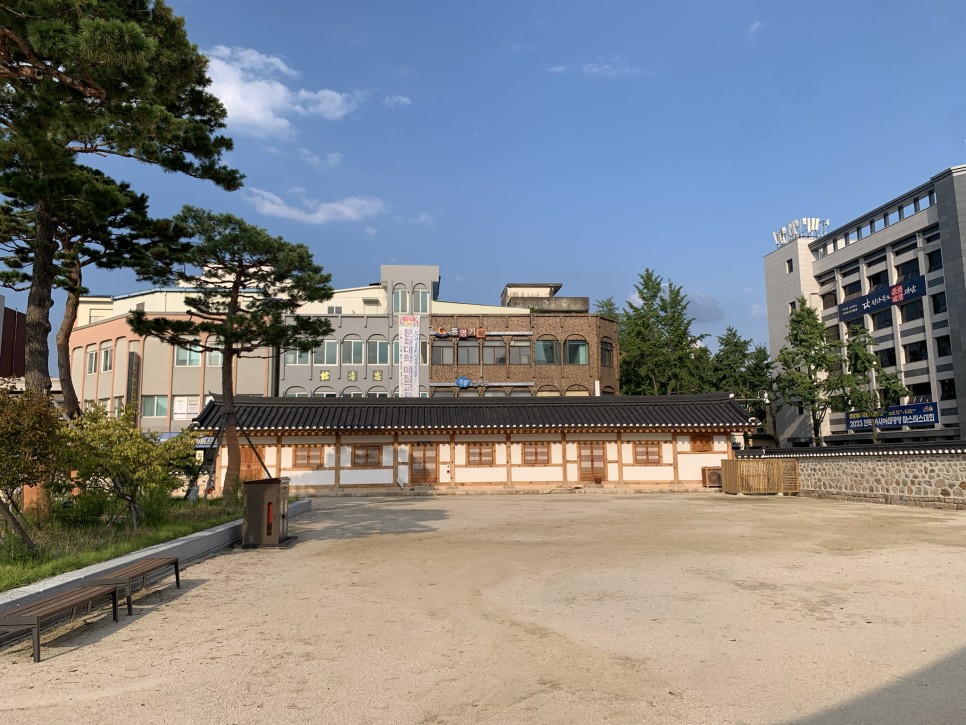
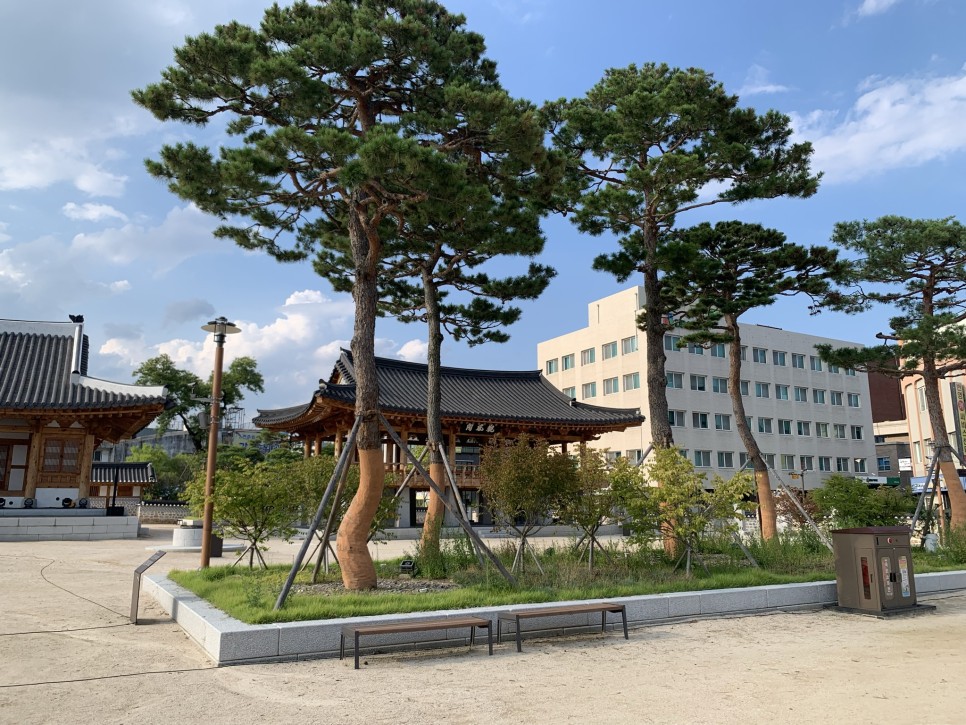
The restoration has rebuilt the most important buildings of the former residence. I couldn’t enter due to an event, but the premise is usually open to visitors.
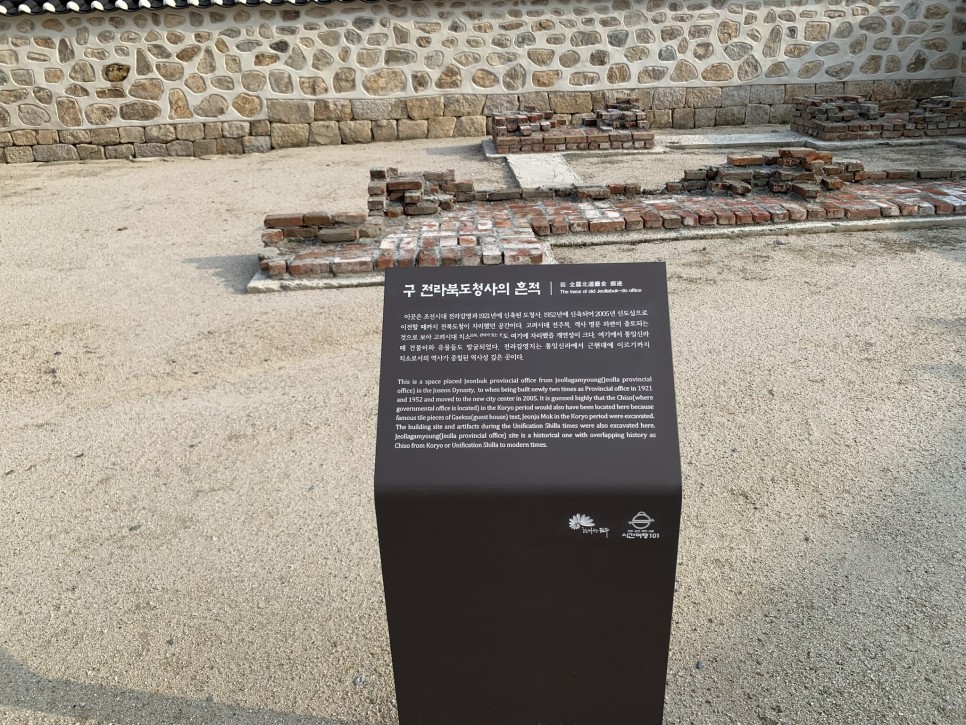
Also, on the premise, there used to stand the old provincial office from 1921 to 2005. During restoration, even the relics from the Goryeo Dynasty (918-1392) and Silla Dynasty (57 BCE – 935 CE) were discovered.
Jeolla Gamyoung
Address: Jeolla Gamyoungro 55, Wansangu, Jeonju
Pungpaejigwan (government guesthouse)
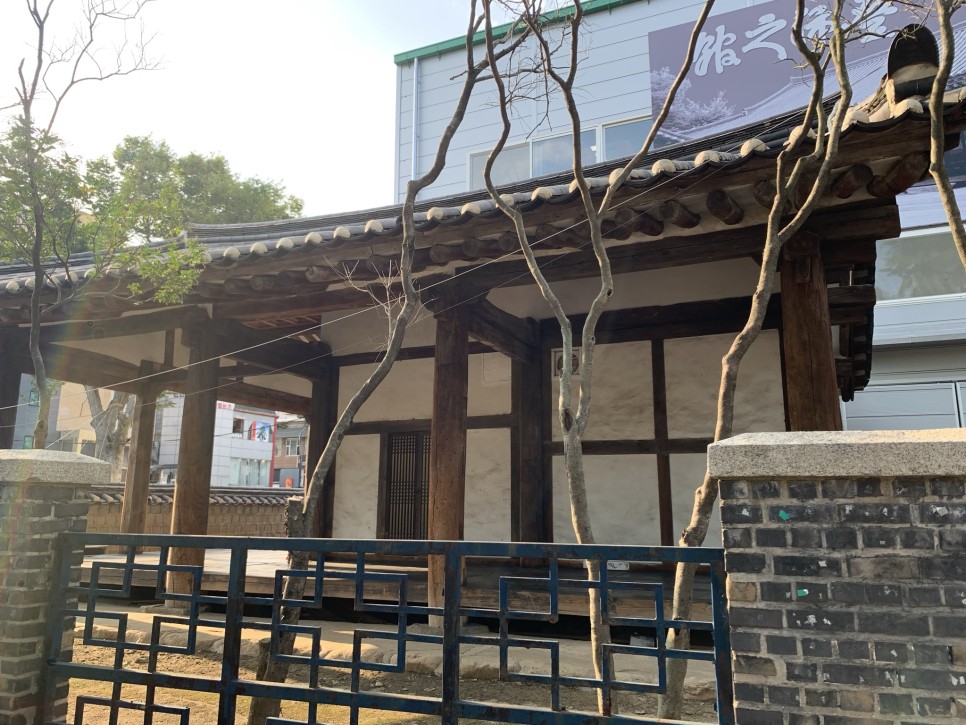
Our last destination is Pungpaejigwan (also known as ‘Gaeksa’).
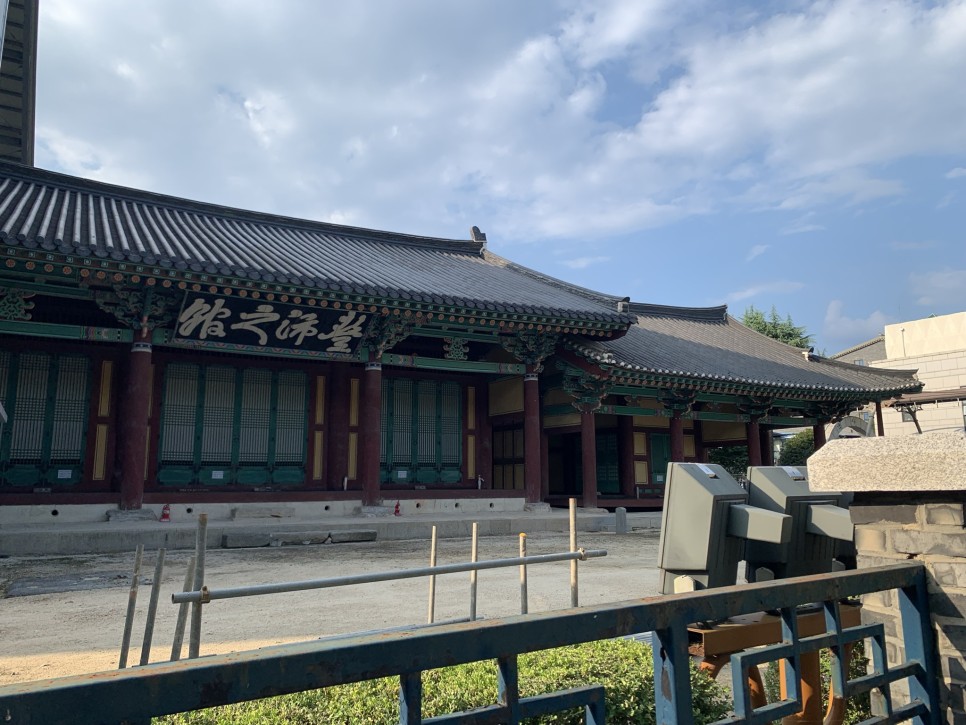
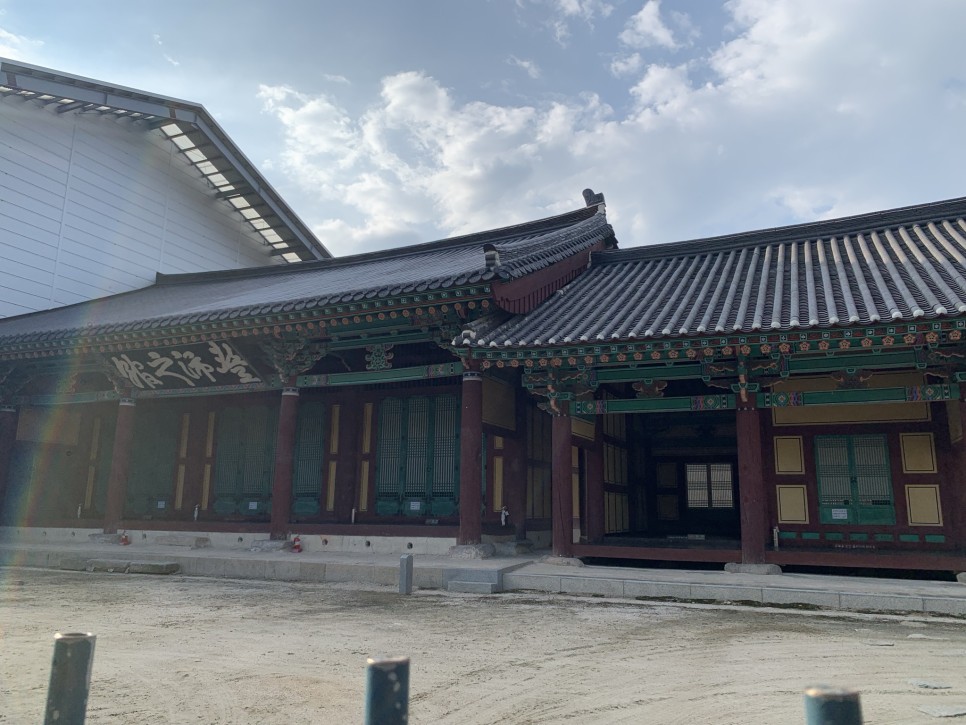
The premise is currently under restoration.
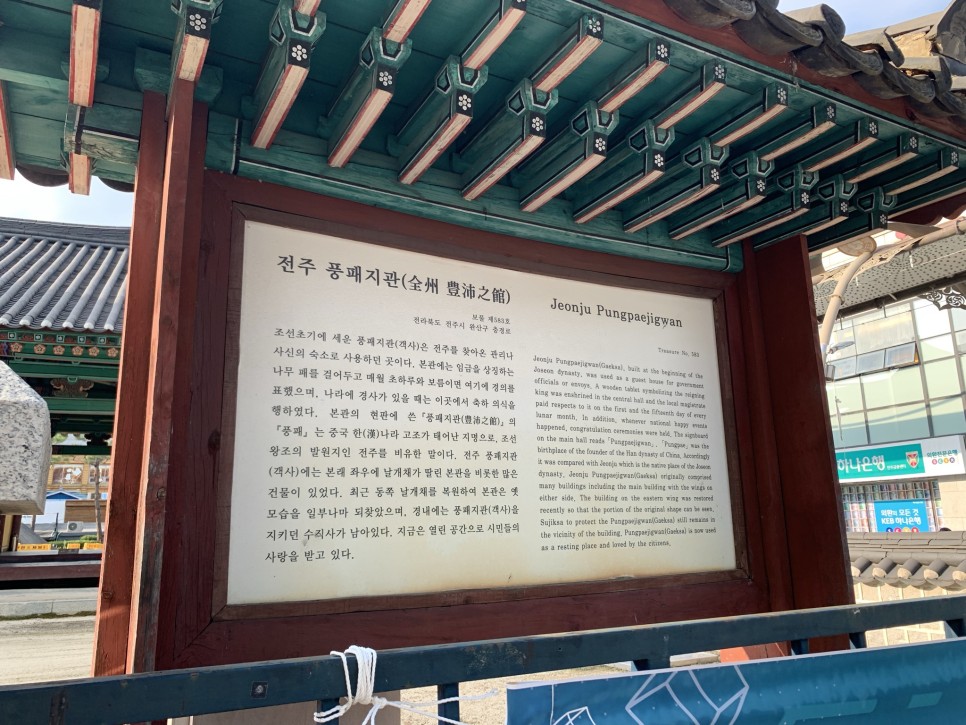
Built early in the Joseon Dynasty, Pungpaejigwan was Jeonju’s government-run guesthouse for officials or diplomats visiting the city.
Pungpaejigwan
Chunggyeongro 59, Wansangu, Jeonju
-
Sameer Alam
-
Rythem Hong
-
Jared Sandler
-
Juneaty rachmat
-
Ever Enrique Castillo Osorio

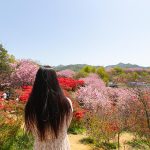
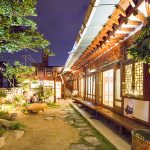

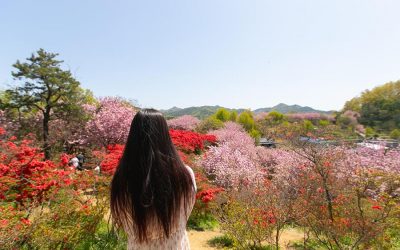

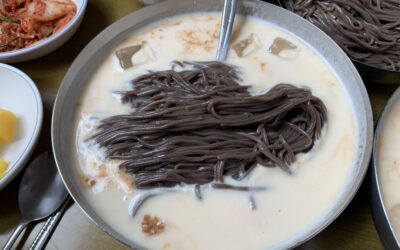
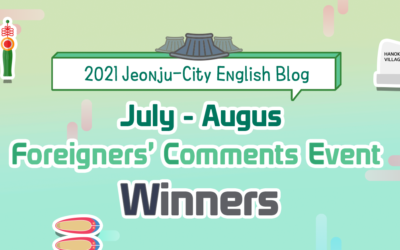
Recent Comments